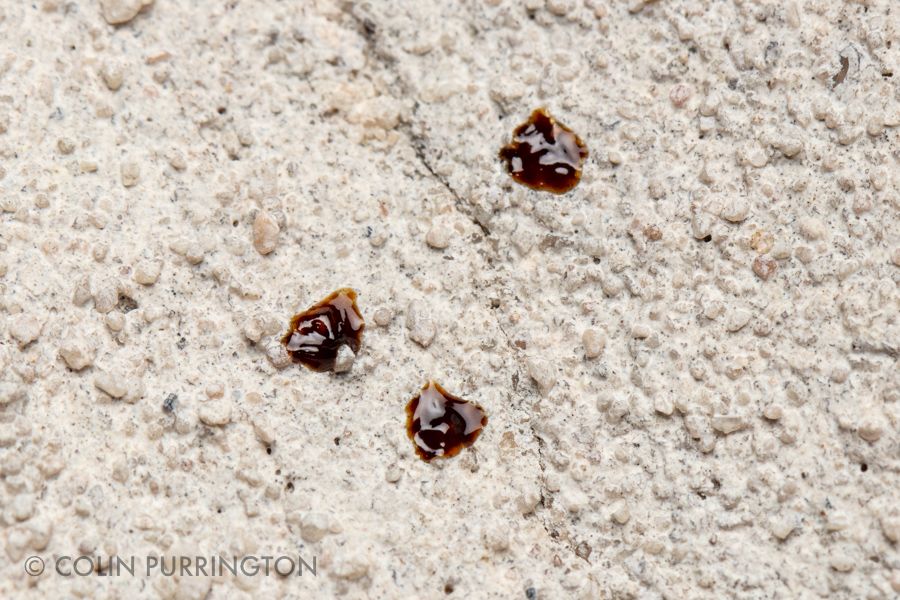Here are some photographs of greenhouse camel crickets (Tachycines asynamorus) that I recently found in and around my house. It’s called the greenhouse camel cricket because when it (and related T. japanica) first came to Europe from Asia it was a common insect in conservatories. I’m not positive, but I think before that invasion the name “camel cricket” was more commonly applied to the praying mantis (mantids have long necks just like camels).
Note that the Latin name for this species used to be Diestrammena asynamora. Full details are in Qin et al. 2018. Nobody seems to use the new name except iNaturalist. But I use iNaturalist a lot so I’m going to give the new name a try.
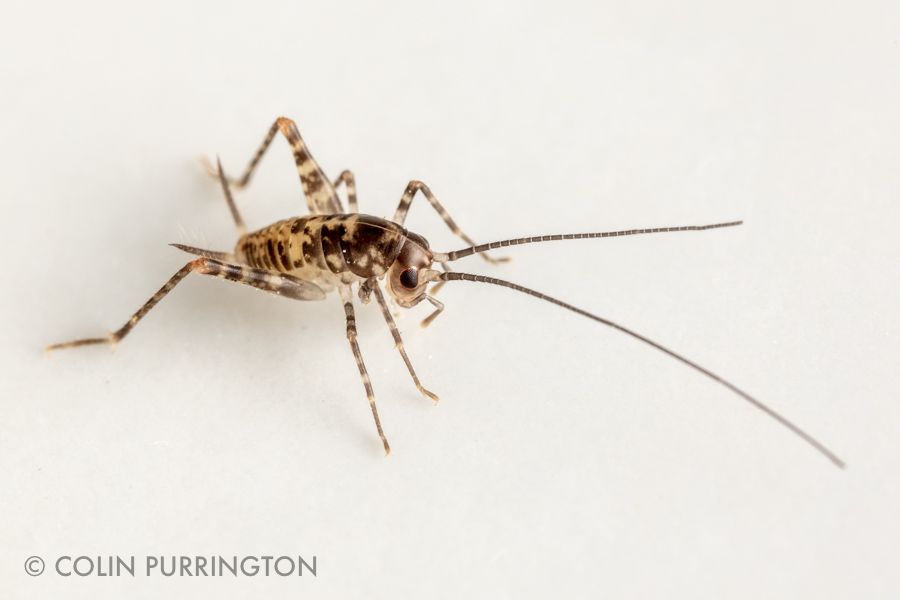
This is a juvenile that I found in my bathroom sink. I think they go through 10 instars and I’m guessing this is a 3rd instar male (lacks an ovipositor). It was pretty cute.
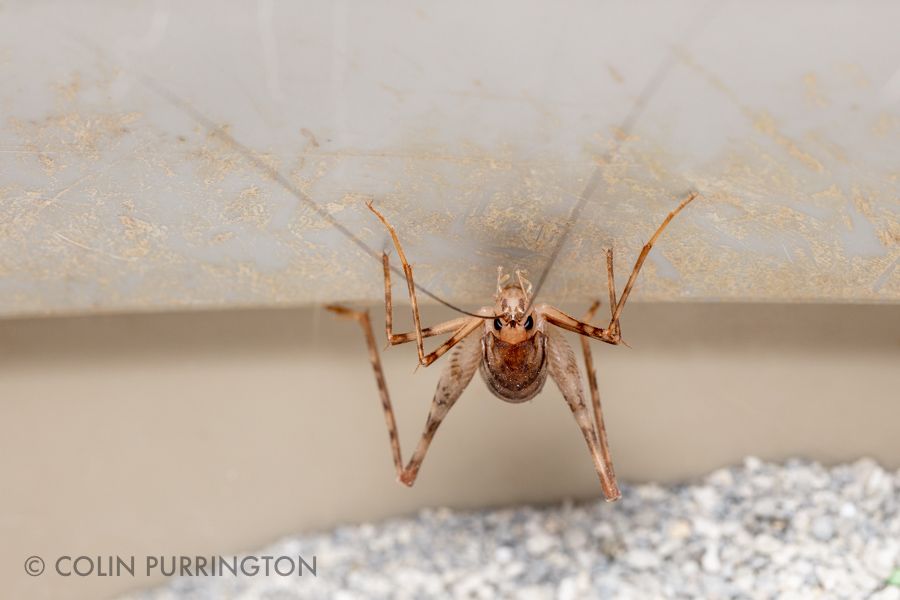
Camel crickets love to eat cat feces (don’t judge) so it’s pretty common to find them lurking here, sometimes in large groups. I don’t think the females lay eggs in cat litter but I’ve always been curious. Not curious enough to examine more closely, though.
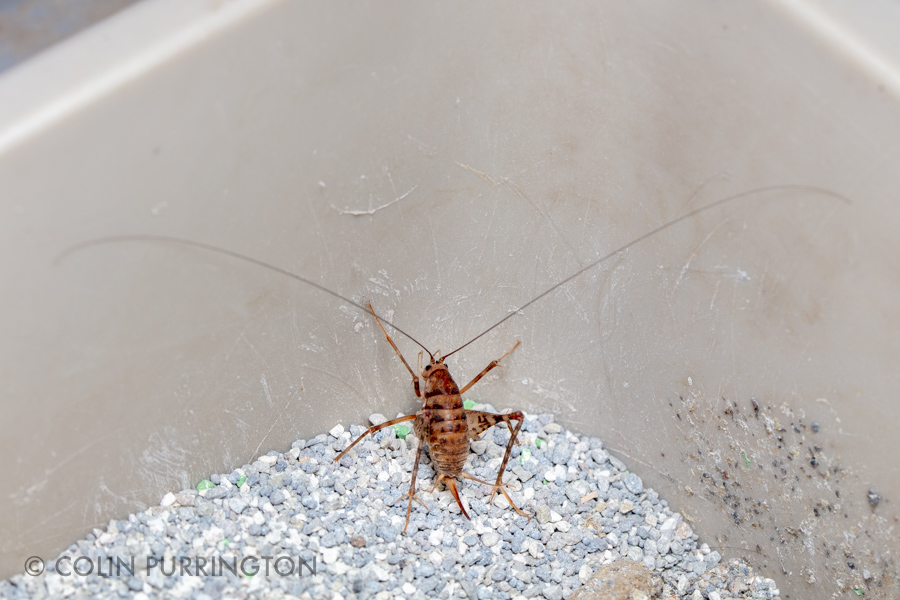
This is the same individual as above but shows the ovipositor and impressive length of the antennae. The antennae apparently have the ability to sense heat. That’s probably a fact most people don’t want to know.
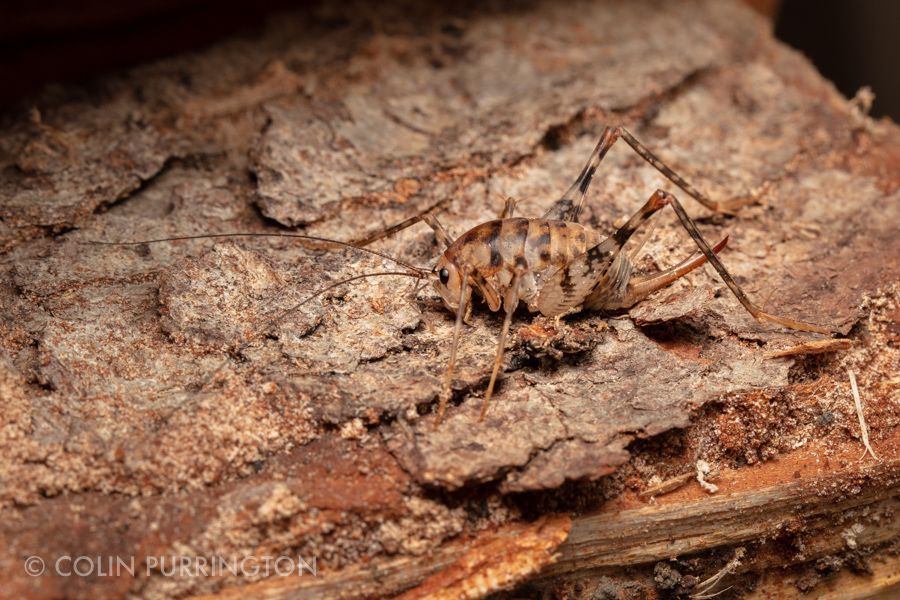
This female was in the woodpile near my garage. It was a cold day so she didn’t immediately launch herself away. They often seem to jump at you, a behavior that doesn’t endear them to folks who think the crickets are actually spiders. I think their jump can max out at 1 1/2 meters, which is pretty impressive. They can’t fly, though, because they lack wings (and are thus silent). Note that placing woodpiles near your house is one way people inadvertently introduce camel crickets into their houses.
These three gooey splotches are frass. If you have a large population of camel crickets your wall will become darkened with this spots. I’ve been trying to figure out why they are liquid but haven’t come up with any explanations yet.
If you’re fascinated by greenhouse camel crickets there’s a great article at Your Wild Life that describes how different species are invading the United States. If you just want to kill them I have a few ideas.
More photographs:

